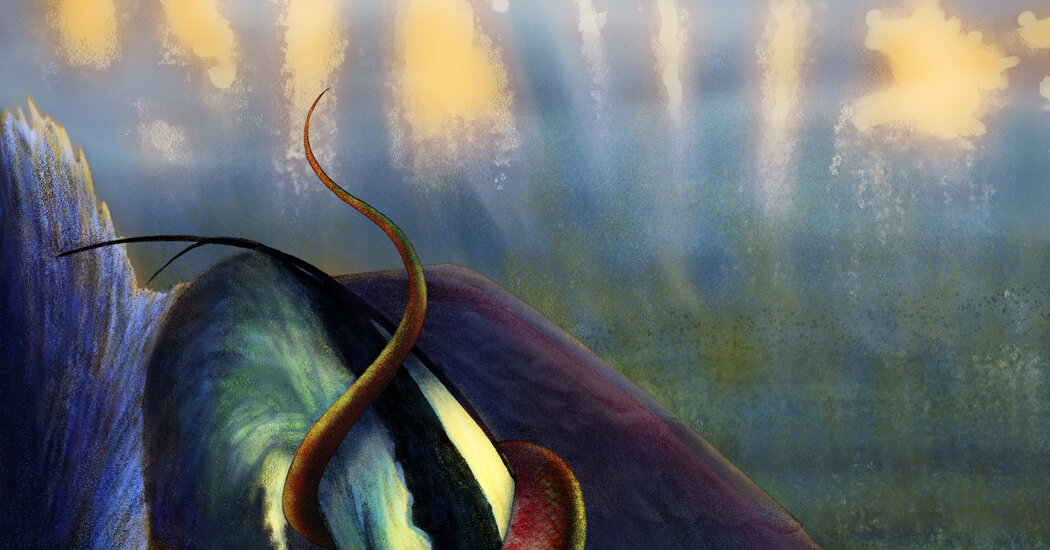I saw the murdering in progress once. I was on a cruise to Antarctica to write a coffee-table book about penguins. During one of the naturalist-led walks through a penguin colony, we watched one skua chick mercilessly, and I mean mercilessly, attack a smaller chick, while the parents looked the other way. I guess they were thinking, “Well, birds will be birds, time to go kill and eat a penguin baby.”
I once had a staring match with a raven in Yellowstone Park. The raven, which I remember as being the size of a velociraptor, was pecking away at a carcass as I approached. At the time I was writing a book about dinosaurs, and I was entranced by the fact that birds are the descendants of dinosaurs. I stared at the raven. The raven stared back. I moved closer. The raven didn’t budge. I backed off, humming that Kenny Rogers song about the gambler, “You’ve got to know when to hold ‘em.” I told myself that the reason for my retreat was that it was ethically wrong and illegal to disturb wildlife in the park.
I had another staring encounter, this time with a bald eagle in the marshy reaches of southern New Jersey on the Delaware Bay. I was writing a profile of Pete Dunne, who founded the World Series of Birding and has written numerous books on birds. He spotted the eagle a football field away. I looked at it through a spotting scope and binoculars. The eagle looked back. Given the eyesight of eagles, I’m pretty sure it saw me, its gaze unwavering. I think it was sizing me up, noting that I was too big to eat, and wondering what a newbie like me was doing with Pete Dunne.
There are stares that don’t give an inch. Kaa in “The Jungle Book,” ravens, birds of prey. And the minds behind those stares are deeply different from our own. Don’t take my word for it. Read “H is for Hawk,” by Helen Macdonald, particularly the section where the goshawk she is trying to tame clenches its talons in hungry anticipation when it hears a human baby cry just outside her window.
There really are dinosaurs under those beautiful feathers. And the bird that looks the most like a dinosaur to me, so much that it sends me back to the Cretaceous in my mind, is the great blue heron. I have spent a lot of time watching herons stalk fish in ponds and on river banks. They move slowly, haltingly, on improbable stick legs, almost as if they were old-tech animatronic constructions. Then they strike with a blurringly fast stab of their snakelike neck and pickax bill and swallow you, I mean the minnow, whole.
